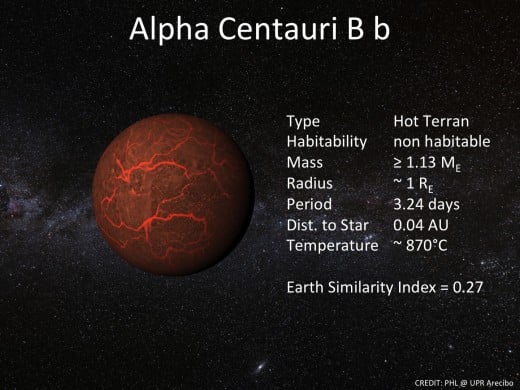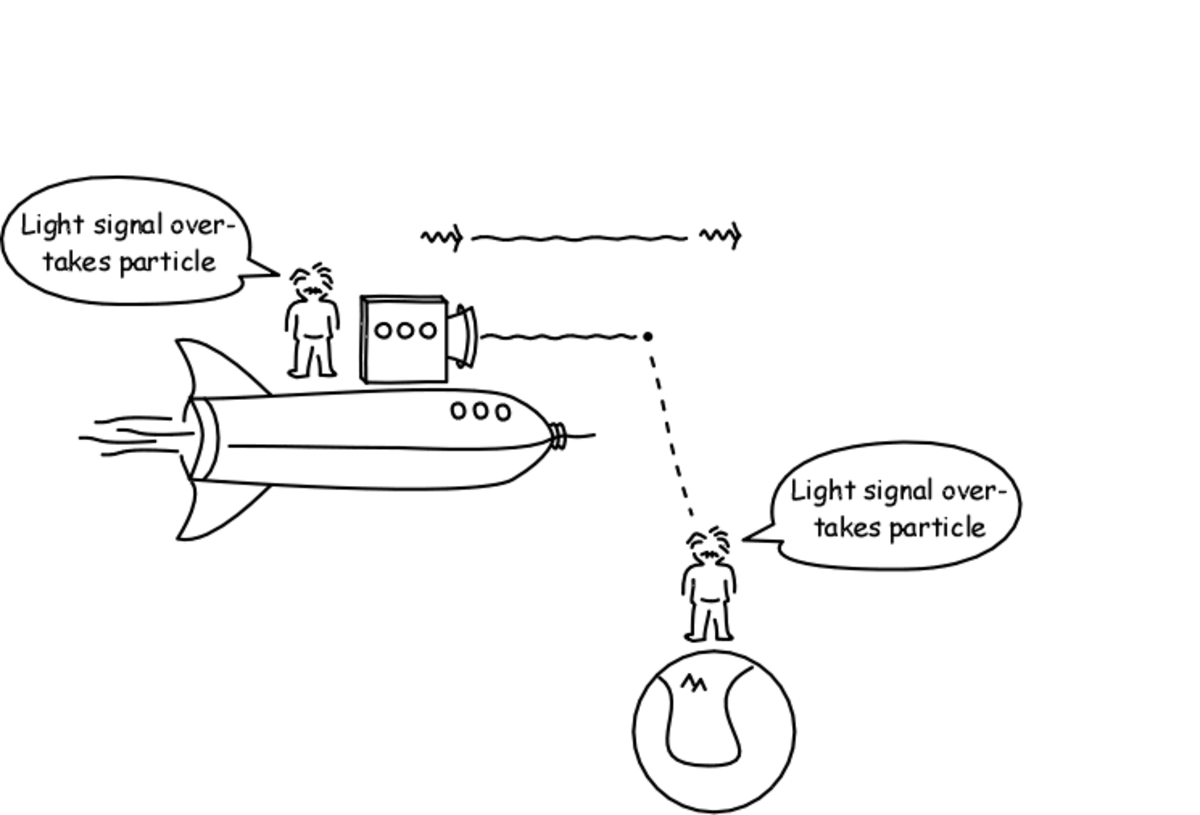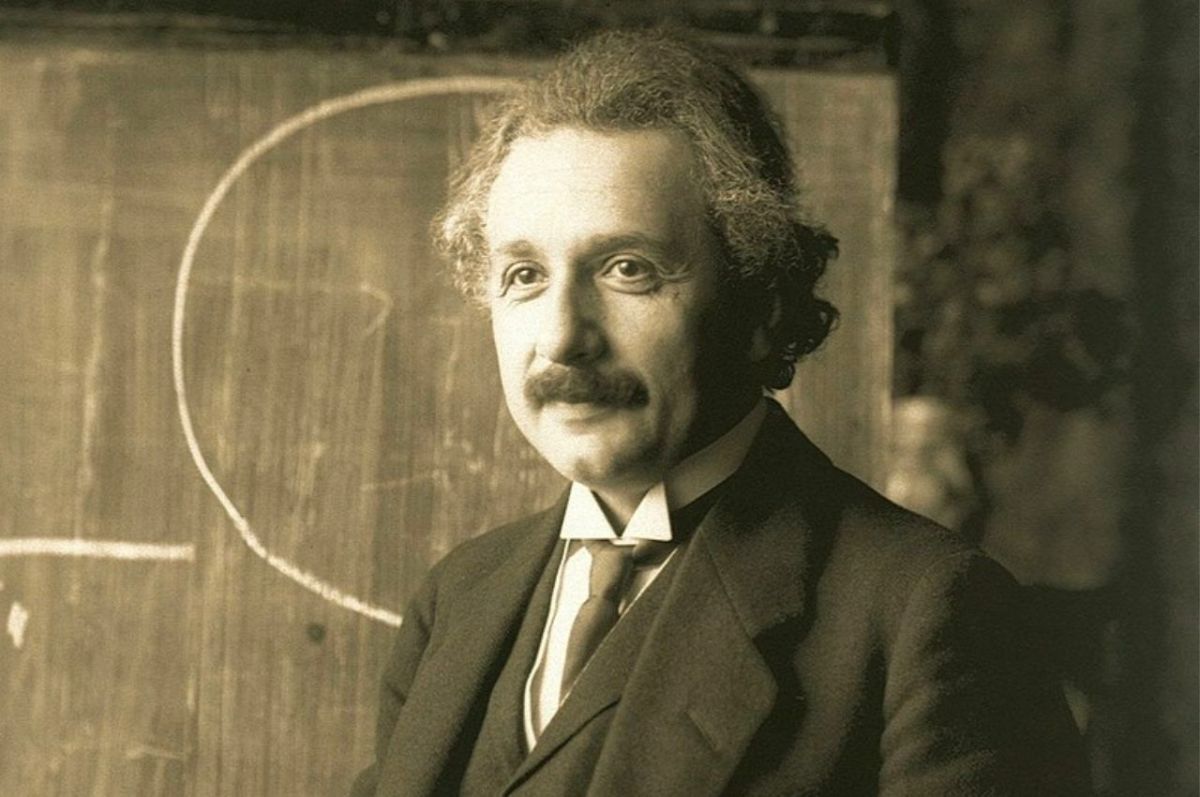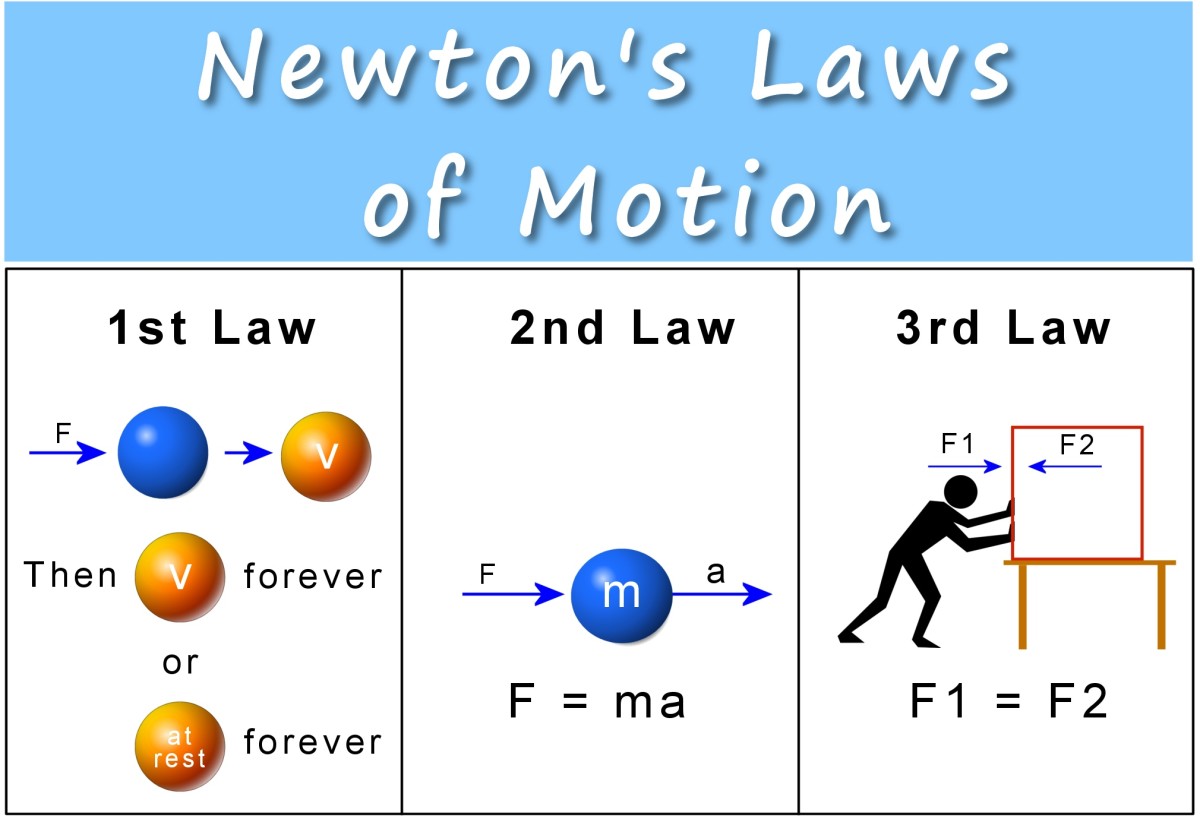Time Travel Using Current Technology
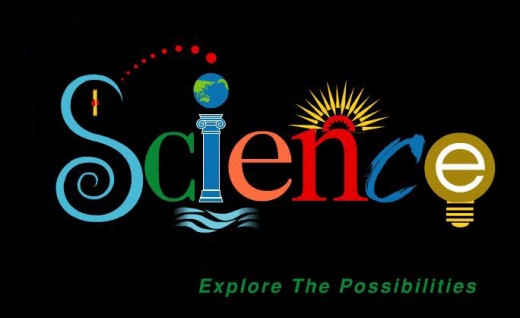
Time Travel for the Physics-challenged
We've known that time is relative for quite some time. In 1905 Einstein proposed that the speed of light is constant no matter how fast you're traveling. This was fairly radical because it lead to some paradoxes that violated well known physical laws. Using mental experiments only, Einstein was able to derive equations that would ultimately accurately predict how the universe changes to keep the speed of light constant. This set of universal laws that he accurately predicted in his famous 1905 paper would become known as Special Relativity.
Among these consequences are length contraction, time dilation, and relative mass. I'm going to focus on time dilation in this article, but the other effects also lead to some interesting scenarios that have been rigorously physically tested over the past 100 years. In fact, it is important to understand that special relativity is one of the most well-tested theories of all time (if you prove it wrong, and you won't, you will make some serious cash).
For the record, gravity also changes the rate that observers experience time. That universal law was also derived by Einstein in 1916. It is much more mathematically involved and is known as General Relativity (because, well, it is more general).

How do we time travel?
The answer is simple...there are two straightforward ways to see significant time travel (infintesmal time travel actually happens all the time). Both involve time passing significantly slower for someone that is not in Earth's frame of reference. Sure, you might argue that this isn't really time travel. No, it doesn't involve stepping into a time machine with bells, whistles, clocks, and steam. It does involve a journey that once completed you will see farther into the future than you would have otherwise.
By going fast:
One journey is for a person named Sophie (or named anything I guess) to travel really really fast near the speed of light. That isn't necessarily enough, either. She has to change the direction in which she is accelerating. For example, a two way trip for Sophie away from Earth and then coming back will result in time passing slower for her. If the Sophie only travels in one direction no time travel happens--the Earth is moving just as fast away from her as she is from it. It turns out that the more turns that Sophie has during her travel, the slower time goes for her. I'm not going to get into the involved math...so you're going to have to trust me or read a special relativity textbook.
Side Note: This fact also implies that if you start walking in zig zag lines for the rest of your life, you will increase your life span by maybe a nanosecond. You won't see this increase because of exercise or anything like that, but instead because of the way you are interacting with the very fabric of spacetime. I might do that calculation for another article.
By being near an incredibly massive object:
The other straightforward way is for Sophie to spend a lot of time near an object much more massive than Earth. The sun will do, but a black hole would be preferable. This would of course involve her either being shredded apart ("the spaghetti effect") or incinerated...so I'm going to ignore this method for our hypothetical time traveler.
Another side note: There are ways that objects can travel back in time and also reverse cause and effect relationships. During a Neil DeGrasse Tyson interview (I recommend that you watch some of those on youtube), he stated that some astrophysicists calculated that when two black holes collide, a person can take an elaborate path weaving in between the black holes so that the observer travels back in time. I would take a gander that the math involved in this calculation is probably understood by less than 5,000 people on Earth, so you don't have to believe me or him I guess.
Effect before cause has recently been demonstrated here.
There are some weird cases during Compton scattering and other quantum systems that demonstrate what appears to be effect before cause as well. If you're young and you're interested in this stuff I recommend giving a physics major a try.

With current technology, how far into the future can we travel?
To observe any significant change in the rate that someone experiences time, one has to travel near the speed of light.
The fastest that any man-made object has traveled relative to the Earth is the Helios spacecraft which traveled .0234% of the speed of light for a very short time period. This is a very unsatisfactory speed for anyone trying to see the future.
Traditional chemical rockets are all going to be unsatisfactory. We'd prefer fusion or antimatter rockets, but we can't do that with existing technology. We'll have to settle for a rocket based on atomic bombs, in fact one that was proposed already... in 1968 by Freeman Dyson. According to Carl Sagan, the max speed of such a spaceship is 8%-10% the speed of light. For our calculation we will go with the somewhat aggressive estimate that we can soon build a spacecraft that goes 4% the speed of light (aggressive because we have to change direction at some point).
Important note: A rocket is not the only way to go really fast. A light sail or a LHC style apparatus could conceivably be used instead.
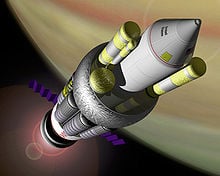

A hypothetical scenario just for fun
Let's say that Barack Obama announces tomorrow (February 18th, 2013 at the time of this writing) that the U.S. government is so in debt at this point that congress and himself doesn't care how America spends its money. Journalists everywhere are not the least bit surprised.
As a result, they decide that in 2020 that they will do a really cool physics experiment to test special relativity. The original plan was for a human toddler named Sophie to board a spacecraft for an 80 year journey (relative to her) at 4% of the speed of light. Because of silly things known as ethics NASA had to settle for an animal rather than a human for their test. Whales were considered for the journey because some of them live around 200 years (side note: they found a harpoon dated to 1890 in a whale killed in 2009), but whales were deemed slightly too large. NASA has to settle for a turtle named Ted instead.
I'm having way too much fun with this story.
So in 2013 Barack gives a speech that challenges NASA to build a super cool super duper fast rocket that accelerates at the rate of gravity for a time traveling turtle named Ted by the year 2020. NASA immediately collects all the brightest engineers they have and they start trying to buy parts from Russia and re-use parts from the 60's like they have been doing for the past 5-10 years. Russia decides that this is a national security issue and they refuse to sell NASA rocket parts and start their own time-traveling program. NASA then turns to SpaceX and uses their stuff. NASA's budget is increased to what it was during the moon landing era and many innovations come out of it.
Yes, Ted the Turtle will live tweet the whole trip.

The Result
If in 2020 Ted the Time-Traveling Tweeting Turtle instantly (or close to instantly) accelerates to his top speed of 4% the speed of light on a two way trip and then returns to earth in the year 2100, he will have experienced 30.7 days less than people on Earth. In conclusion, we can go about a month into the future with current nuclear technology if we sacrifice all our time on Earth to do it.
Some notes:
- If the top speed was higher we would have to account for acceleration effects. In this particular scenario factoring in slow, constant acceleration at the rate of gravity takes about 10 minutes away from the time he experiences.
- It would take him about two weeks for him to reach his top speed if he accelerated at the rate of standard gravity.
- At his farthest point, Ted the Time-Traveling Turtle would be about 1.59 light years away from Earth. That's 36% of the way to the nearest stars, Alpha Centauri A & B.
- If we somehow managed a space ship that traveled at 10% of the speed of light (which is somewhat feasible especially after 40 or 50 years of dedicated research and especially for a 1 way trip), Ted the Time-Traveling Turtle would travel 7.95 light years after an 80 year journey, able to travel to the 3 nearest stars! One of which we know has a planet! And he could tweet back pictures! He would have no way to get back though :'-(
- If this 10% speed of light spaceship came back to earth after an 80 year two way journey, Ted the Time-Traveling Turtle would have experienced 146 less days than us. That's almost half a year!
- Project Longshot was a plan proposed by NASA in 1987 to get to Alpha Centauri B
